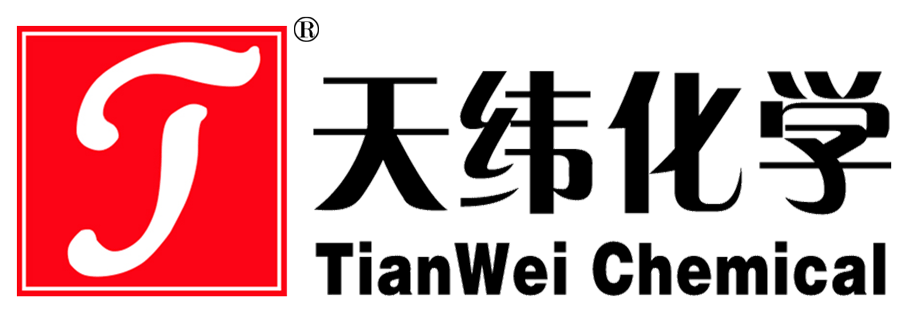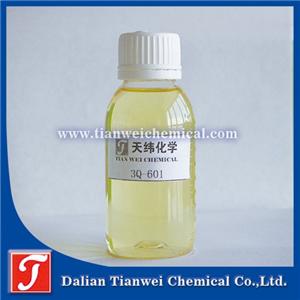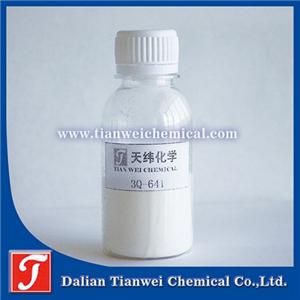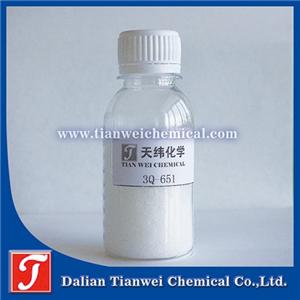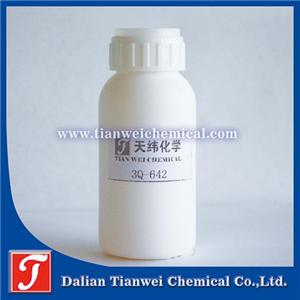Product News
-
Characteristics and advantages of dibromonitrilopropionamide (DBNPA)
Dibromonitrilopropionamide (alias dibromocyanoacetamide, DBNPA for short) is a new and efficient bactericidal algaecide and water treatment agent. The material has the advantages of high-efficiency broad spectrum, easy degradation, no residual residue, no pollution to the environment, and at the same time,
18-01-2021 -
The effect of silver ion antibacterial agent on PVC crystal tablecloths
The effects of using silver ion antibacterial agents in PVC crystal tablecloths are mainly reflected in the following aspects: Highly effective antibacterial and bacteriostatic properties Silver ion antibacterial agents destroy the structure of microorganisms by releasing silver ions, thereby inhibiting the growth and reproduction of bacteria, molds and other microorganisms. Its mechanism of action includes:
04-12-2025 -
Technical Analysis and Market Application of Adding Antibacterial and Antifungal Agents to Artificial Boards
I. Technical Principles and Core Functions Antibacterial and antifungal agents achieve protective functions by destroying the cell structure of microorganisms and inhibiting their metabolic reproduction. In view of the characteristic that artificial boards are prone to erosion by molds such as Aspergillus Niger and Penicillium orange, modern technology adopts a multi-component compound system:
02-12-2025 -
Analysis of the Application of Preservatives in Acrylic Waterproof Adhesive
I. Microbial Contamination Risk and Anti-corrosion Necessity of Acrylic Waterproof Adhesive Acrylic waterproof adhesive takes acrylate polymer as its core component. Its high water content (usually over 50%) and abundant organic matter (such as plasticizers and fillers) provide an ideal growth environment for microorganisms. Microbial contamination can lead to the following problems:
01-12-2025 -
The 0-level anti-mold agent for PE wood-plastic is long-lasting and effective
PE wood-plastic anti-mold agent is a chemical additive specifically designed to inhibit the growth of mold in PE wood-plastic composite materials. Its core function is to prevent the performance decline of materials due to mold by destroying the cell structure of mold or interfering with the metabolic process, thereby extending the service life and enhancing the application value. The following is an introduction from four aspects: component types, mechanism of action, application advantages, and product selection
28-11-2025 -
Antibacterial and deodorizing auxiliaries for clothing fabrics: A new choice for health and comfort empowered by technology
In the fast-paced modern life, people's demands for clothing have gradually shifted from merely providing warmth and covering the body to pursuing functionality and health. Among them, the antibacterial and deodorizing function, which is directly related to the health and comfort experience of the wearer, has become an important development direction in the field of clothing fabrics. Antibacterial deodorizing auxiliaries, as the core material for achieving this function, are bringing revolutionary changes to the textile industry through continuous technological innovation.
28-11-2025 -
Is it good for hospitals to use antibacterial coatings with added antibacterial agents
It is a good choice for hospitals to use antibacterial coatings with added antibacterial agents. Their advantages are reflected in reducing the risk of cross-infection, enhancing the ability to prevent and control infectious diseases, purifying the air, protecting medical staff, preventing wall mold, extending service life and reducing maintenance costs, and meeting environmental protection and safety standards. The specific analysis is as follows:
27-11-2025 -
The function of antibacterial agents for acrylic automotive coatings
Adding antibacterial agents to acrylic automotive coatings mainly serves to inhibit the growth of microorganisms, protect the coating and substrate, meet hygiene and safety requirements, and maintain product performance and appearance. The specific analysis is as follows:
24-11-2025 -
How to apply an antibacterial coating to PVC flooring
The production of antibacterial coatings for PVC flooring can be achieved through various processes such as direct addition of antibacterial agents, masterbatch of antibacterial agents, surface coating, and lamination. By combining physical, chemical or biological means, the antibacterial function can be realized, and the coating performance can be optimized through sol-gel methods and electrophoretic coating methods.
21-11-2025 -
The antibacterial and antifungal agent for synthetic rubber has an antibacterial rate of 99.9% and can prevent mold at level 0
Synthetic rubber antibacterial and antifungal agents are chemical additives specifically designed to inhibit or kill microorganisms (such as mold and bacteria) on the surface of synthetic rubber products. Their core function is to prevent rubber from discoloration, odor development, performance decline or shortened lifespan due to microbial erosion by disrupting the physiological structure or metabolic process of microorganisms.
19-11-2025
